The Ultimate Guide to Cannabis Equipment Maintenance
In the world of cannabis cultivation, your equipment is your best friend. Keeping it in pristine condition isn't just about prolonging its lifespan;...
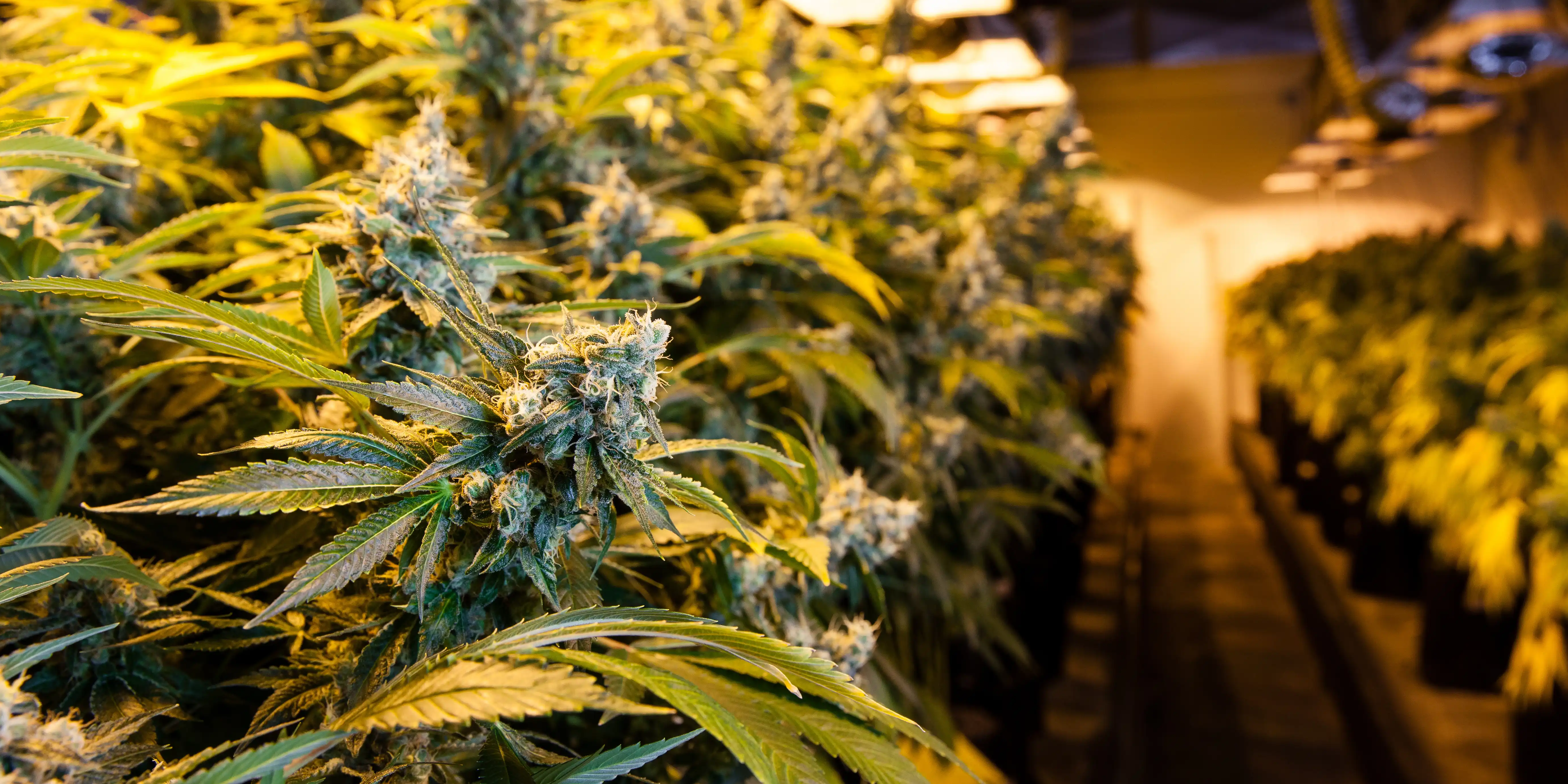
Harvesting cannabis at its peak is crucial for maximum potency and quality. Knowing the right time to harvest your cannabis plants is as important as properly curing. Harvesting is the first step in the harvesting, trimming, storage cultivation cycle, and its crucial to understand how to do it right. Let's dive into what reaseach shows about harvest timing and techniques to know when to harvest.
Harvesting cannabis at the right time is difficult, since the right time varies based on strain, grower, environment and preference. Environmental and growing factors will drastically alter peak THC levels and at what date. Altering peak THC levels by up to 10% and shifting harvest windows by 2 or more weeks. Additionally, CBD levels have been shown to only increase over time.
Research shows that many factors influence optimal harvest timing. For CBD it is recommended to harvest as late as possible before the plant begins to die. Growing for peak THC is a bit more tricky, it's not recommended to harvest based solely on growth time. Instead, use time as a indicator for when to more closely monitor your plants for critical characteristic changes that indicate optimal timing.
When you harvest cannabis on time you maximize the cannabinoid content, aroma, and value of your bud. This means a more potent bud, if growing for THC, and a more CBD rich bud if growing topicals and medicines. Research shows that a CBD levels rise with a delayed harvest and does not drop over time like THC.
Experienced growers differ on when to harvest because of what they want to grow for and there grow setup. Growing for CBD or THC differs in timing, more importantly cannabinoid production is greatly dependent on environmental conditions. So, clones from the same mother plant will have different peaks and maximum potency grown on separate cultivars.
As THC reaches its peak potency, it degrades into another cannabinoid known as cannabinol. The same transformation occurs in stored cannabis flowers, where THC slowly converts into CBN.
Harvesting cannabis at its peak maturity optimizes the crop's weight and market value. A well-timed harvest ensures the buds are dense and resinous, attracting higher prices and greater demand in the market.
Many plant factors can change the ideal harvesting time. To be an effective cannabis harvester you have to understand how strains grow in your unique cultivation.
Different strains have varying maturity times. Indica dominant strains usually mature faster than sativa dominant ones. To be the best marijuana grower, it's crucial to understand your type of cannabis and its development cycle.
Factors like temperature, humidity, and lighting, impact cannabis growth and maturation. Making a log of these factors is a great way to become a better grower.
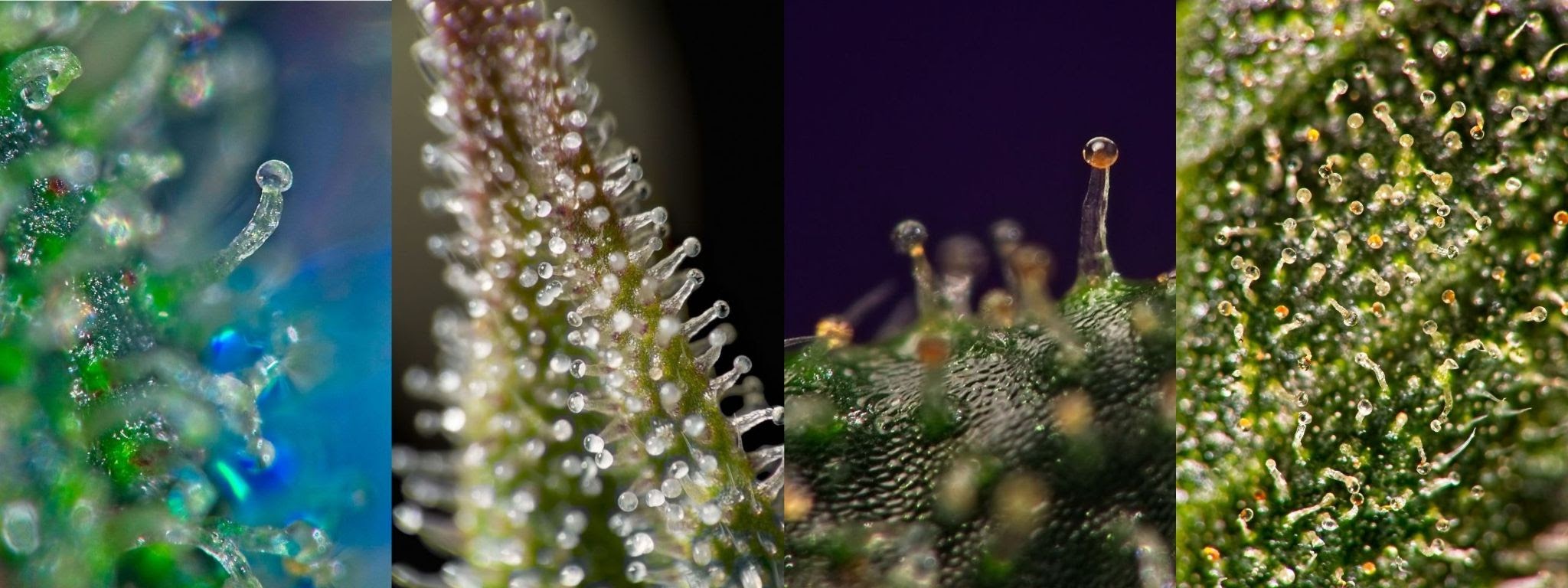 |
| Trichomes changing from clear to amber as they become ready to harvest. |
A good sign it's time to harvest is when 50% to 70% of the trichomes turn milky-white or cloudy. As the plant develops, the trichomes undergo a slow color transformation from transparent to a white hue resembling milk. You'll often see weed growers use a jewelers loop or usb microscope to examine their buds trichome color shift.
Not all trichomes will change color simultaneously; this process occurs gradually over time.
Here is a picture of what trichomes may look like when they are ready to be harvested. Take note of the ratio of cloudy and amber trichomes.
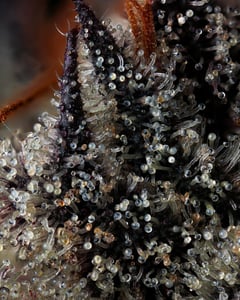
Another common sign of plant maturity is when about 70% of pistils have turned amber or orange. Pistils or "hairs" begin white and gradually turn amber and brown hues signifying a fully developed bud. These thin, white pistils stick out from the flower's base, trying to catch pollen to make seeds.
Going beyond 90% can result in harvesting past the ideal window.
The plants have reached their potential potency and ready for harvest when CBG levels reach zero. Cannabigerol (CBG) is a precursor to THC and CBD, CBG levels during the flowering phase are a critical indicator of maturity. Higher CBG levels suggest that the plant is still converting CBG into THC and CBD, indicating that it's not yet time to harvest.
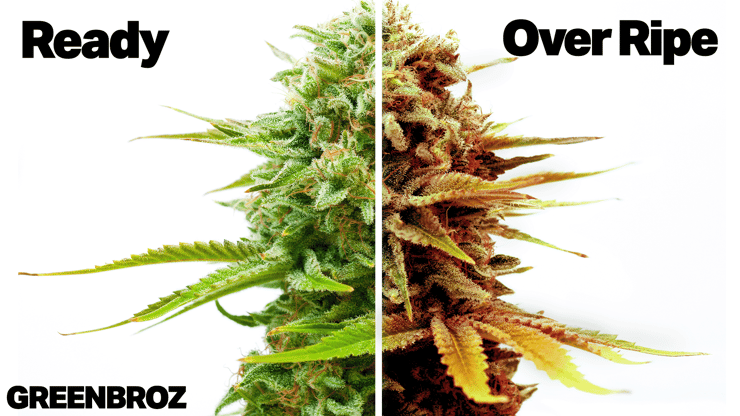
Your cannabis buds will become firmer towards peak potency. Gently squeeze your buds during growth to monitor how spongey they are.
Healthy mature marijuana buds will look full of life with vibrant greens, reds or purples, dependent on strain.
An over ripe bud will begin to turn brownish in color as it begins to finish its life and die. The over ripe buds do contain some THC and CBD but most of the cannabinol has converted to CBN. Avoid mistaking overly matured buds for bud rot, a fungal infection that impacts cannabis, dealing with bud rot.
Most new growers tend to harvest too early; the anticipation can be overwhelming. We've all been there. Here are some beginner friendly techniques for knowing when to harvest cannabis.
Beginners Tip #1 - Wait:
New growers might have the desire to harvest early and lose out on valuable potency and trichome development. As a newer grower wait an extra week or two after you think you want to harvest.
Don't worry - waiting an extra week to harvest your plants won't damage or reduce your grow. Since weed buds maintain their size for two to three weeks post peak potency.
Beginners Tip #2 - Examine trichomes of a clipping:
When examining the trichomes on your weed, take a clipping of a sugar leaf instead. It's easier to examine than trying to inspect the whole bud on the stalk.
Beginners Tip #3 - Harvest before the sun or before the lights:
With the grow lights off or at night cannabis spends its time producing resin. Once the lights come on and the sun comes up it begins the photosynthesis process. This can create a less than ideal taste and flavor profile.
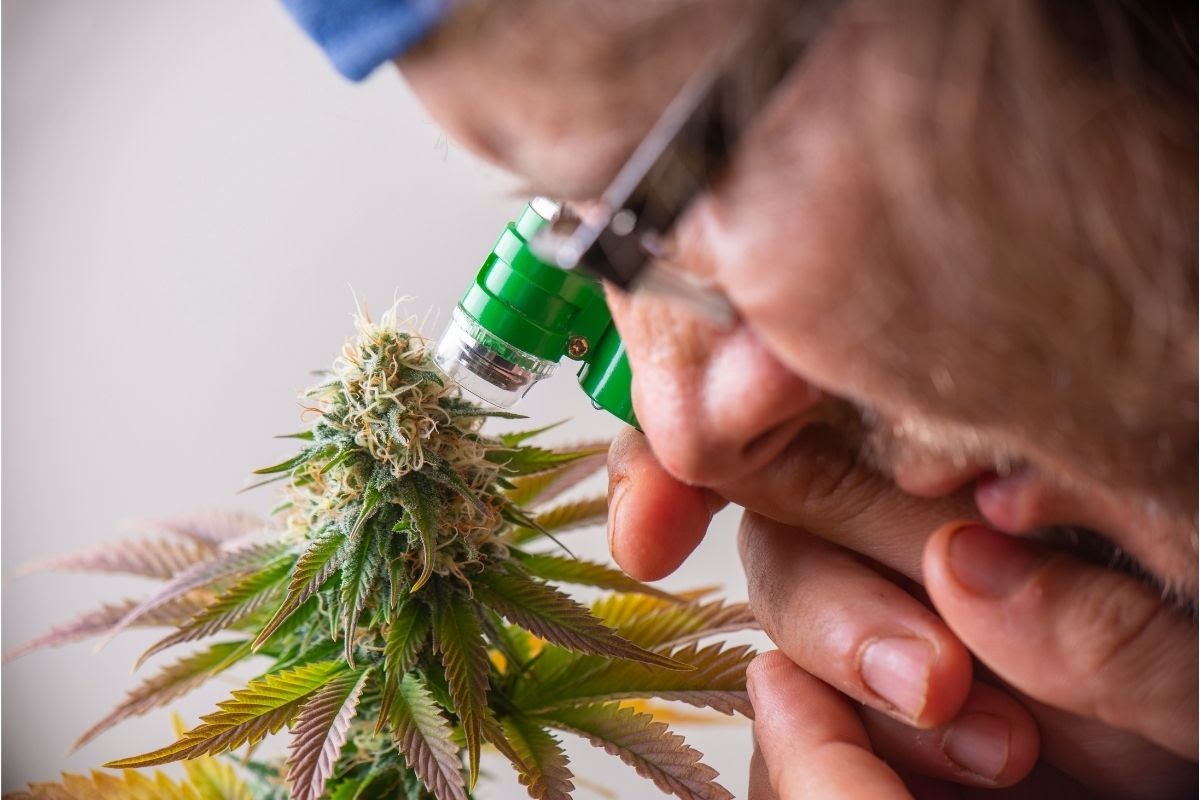
Techniques like staggered harvesting allow you to harvest the top portions of the plant which mature faster. This gives the lower flowers additional time to develop potency and trichome density.
Post-harvest processing is as crucial as the harvest itself. Proper drying, curing, and storage techniques are essential to preserve the potency, flavor, and aroma of your cannabis. Drying slowly in a controlled environment ensures that your buds retain their cannabinoid and terpene profiles.
Curing, if done correctly, can enhance the overall quality and shelf life of your product. Understanding and implementing these post-harvest processes can significantly elevate the quality of your cannabis.
Never miss a blog posting or exclusive shop deal!
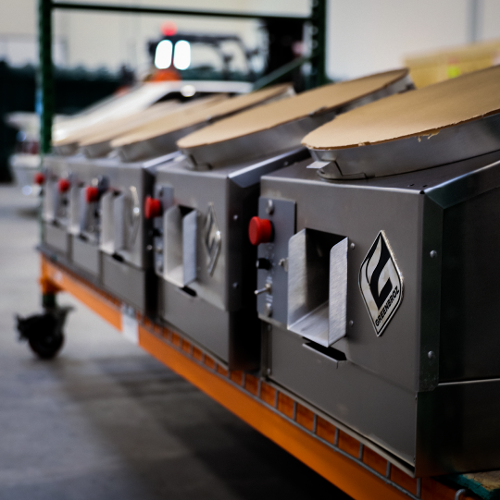
In the world of cannabis cultivation, your equipment is your best friend. Keeping it in pristine condition isn't just about prolonging its lifespan;...

In Humboldt County's green expanses, Jonah Carrington is changing the cannabis game with the GreenBroz Model G Precision Grinder. From his Santa...
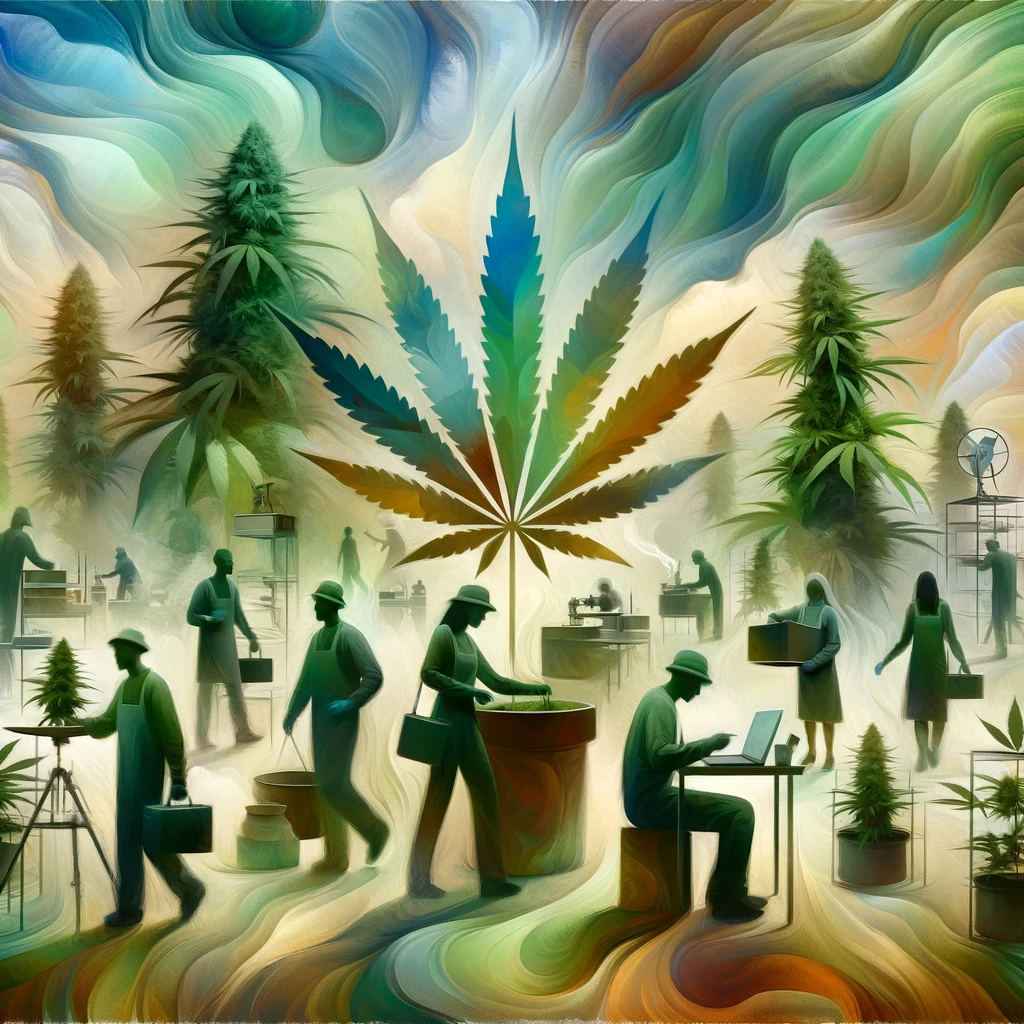
Cannabis has come a long way, from black market only to decriminalization, and being legalized in one form or another is just about every state. The...